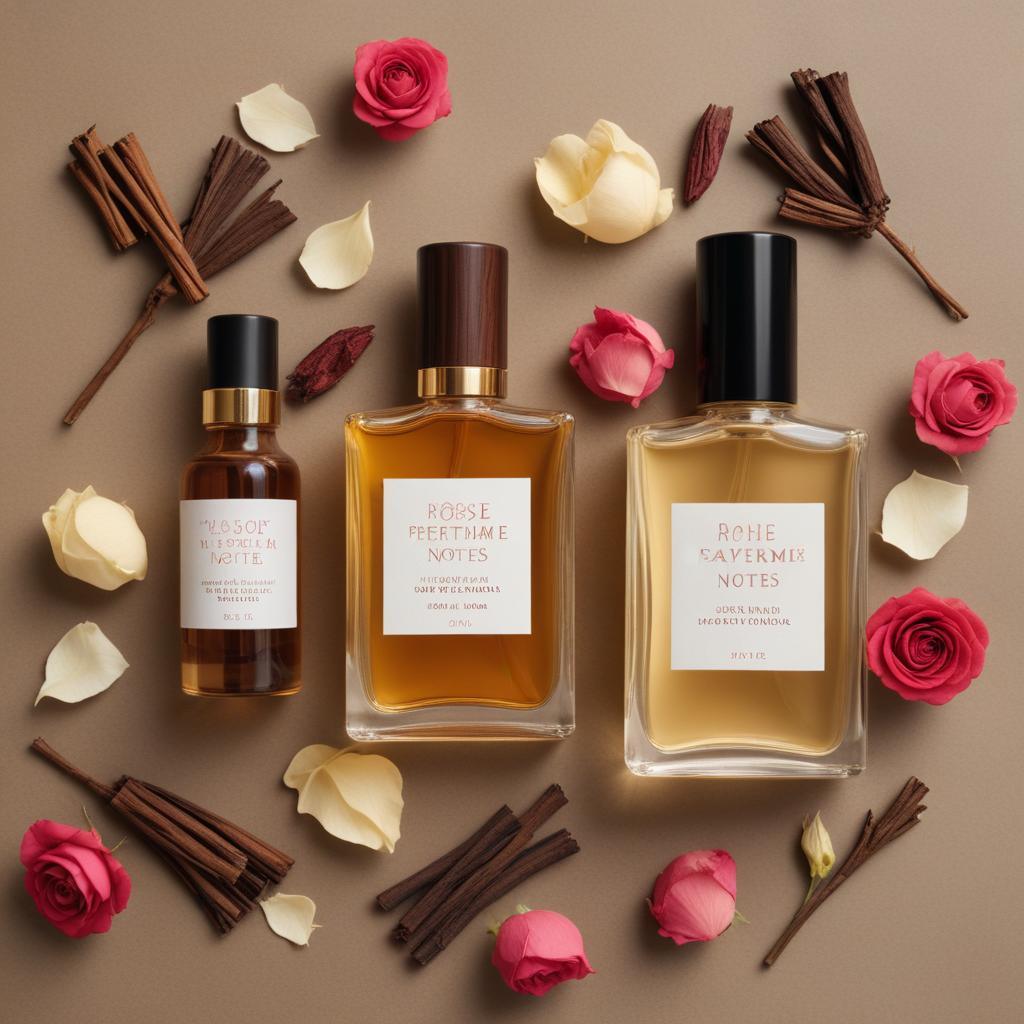
Decoding Fragrance Concentrations: Understanding the Strength and Longevity of Perfumes
When browsing through the vast array of perfumes available, you may have noticed terms like "eau de parfum," "eau de toilette," and "perfume extract" listed on the packaging. These terms refer to the concentration of fragrance oils in the perfume, which plays a significant role in determining the strength, longevity, and overall impact of the scent. In this guide, we'll decode the different fragrance concentrations and explore what sets them apart.
1. Perfume Extract (Extrait de Parfum)
Perfume extract, also known as extrait de parfum or pure perfume, is the most concentrated form of fragrance available. It typically contains 15-40% fragrance oils, making it incredibly potent and long-lasting. Perfume extract is known for its intense scent profile and luxurious feel, with only a small amount needed to make a lasting impression. Due to its high concentration, perfume extract is often the most expensive option but offers unparalleled richness and depth.
2. Eau de Parfum (EDP)
Eau de parfum is the next highest concentration of fragrance oils after perfume extract. It typically contains 10-20% fragrance oils, resulting in a strong and long-lasting scent that can linger for hours. Eau de parfum strikes a balance between potency and wearability, making it a popular choice for everyday use. It offers excellent projection and sillage, ensuring that you'll leave a lasting impression wherever you go.
3. Eau de Toilette (EDT)
Eau de toilette is a lighter concentration of fragrance oils, typically containing 5-15% fragrance oils. While not as potent as perfume extract or eau de parfum, eau de toilette still offers a noticeable scent that can last for several hours. It has a fresh and invigorating feel, making it ideal for daytime wear or casual occasions. Eau de toilette is often more affordable than higher concentrations, making it accessible to a wide range of consumers.
4. Eau de Cologne (EDC)
Eau de cologne is the lightest concentration of fragrance oils, typically containing 2-5% fragrance oils. It has a refreshing and fleeting scent that is perfect for a quick pick-me-up or a subtle fragrance boost throughout the day. Eau de cologne is often used as a splash or a spray and is popular in warm weather climates or for post-shower refreshment. While eau de cologne may not last as long as higher concentrations, its light and citrusy aroma can be incredibly uplifting.
5. Choosing the Right Concentration
When selecting a perfume, it's essential to consider not only the scent but also the concentration. If you prefer a bold and long-lasting fragrance, opt for perfume extract or eau de parfum. For a more subtle and versatile option, eau de toilette or eau de cologne may be the perfect choice. Experiment with different concentrations to find the balance that suits your style and preferences.
Finding Your Signature Scent
Understanding fragrance concentrations is key to finding your perfect perfume match. Whether you prefer the intense richness of perfume extract, the lasting power of eau de parfum, or the freshness of eau de toilette, there's a fragrance concentration to suit every taste and occasion. By exploring the nuances of fragrance concentrations, you can elevate your scent experience and discover your signature scent with confidence and sophistication.



